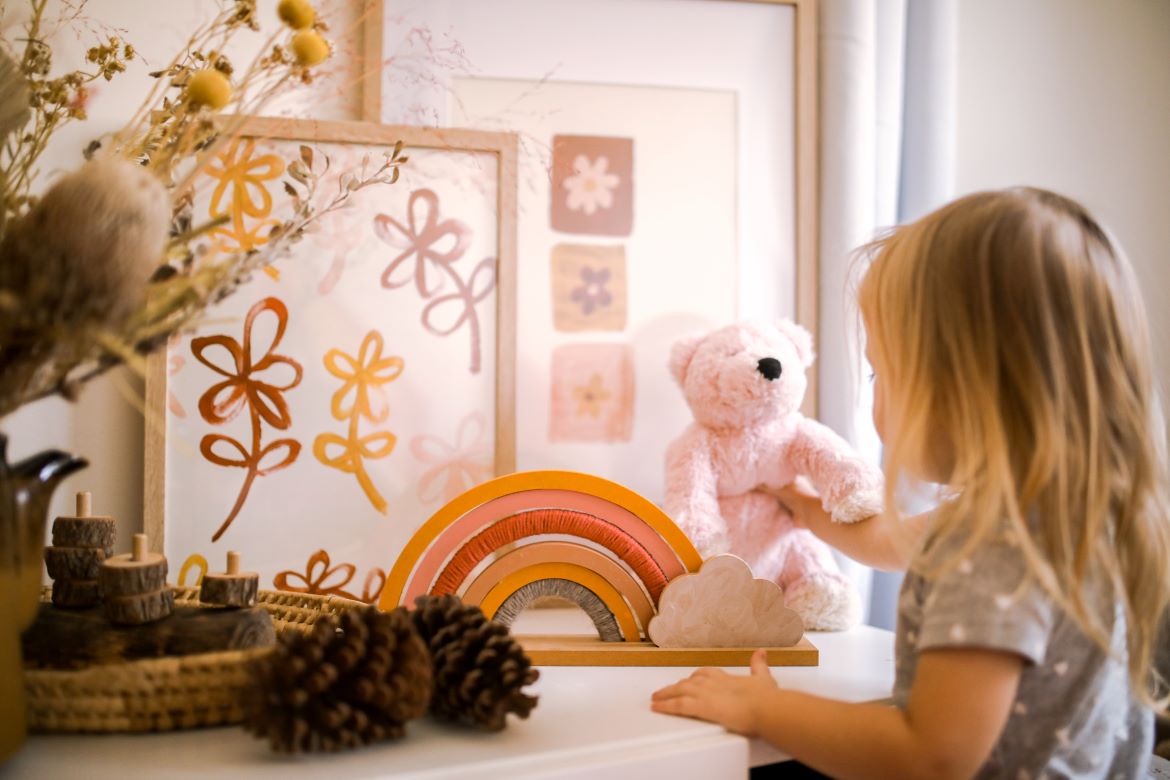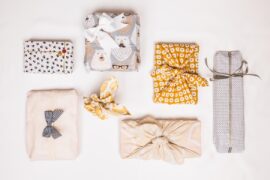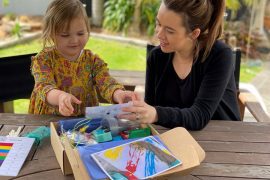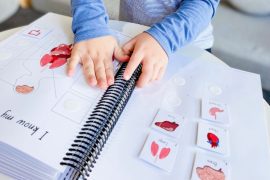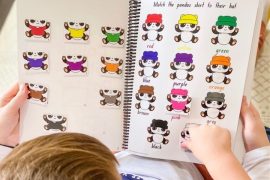As parents, we want the best for our children, and providing them with toys and playthings is a big part of that. Toys are not just a source of entertainment; they are also instrumental in promoting cognitive, physical, and social development. But you don’t need to build a small toy shop in your house by buying every new toy in the market. This is where toy rotation comes in.
In this blog, we will discuss what toy rotation is, why it is beneficial for children, and how to implement it in your household.
What is Toy Rotation?
Simply put, toy rotation is a process of periodically changing the toys available to your child. Instead of having all the toys out at once, you keep a few out and put the rest away. After a week or two, you swap the toys that were out with the ones that were put away. This way, your child has access to different toys every time, and the opportunity to play with an old toy differently at a later stage keeps them engaged and interested and you get more out of the value you paid for the toy.
As parents, we want the best for our children, and providing them with toys and playthings is a big part of that.
Why is Toy Rotation Beneficial?
Promotes creativity:
Children are naturally curious and imaginative. However, when they have access to the same toys all the time, they may lose interest and become bored or hit a plateau. By rotating toys, you are providing them with a new and exciting set of playthings every so often that can encourage their creativity and imagination.
Provides a range of learning opportunities.
When all the toys are out at once, children may become overwhelmed soon and not play with any toy. However, when toys are rotated, they can learn a myriad of skills, revisit old skills and layer upon the skills they have learnt. This is essential as different toys provide different learning opportunities. For example, building blocks can improve spatial awareness, while puzzles can enhance problem-solving skills. By rotating toys, you are providing your child with a variety of learning opportunities, which can help them develop their cognitive abilities.
Reduces clutter and expense:
Given the busy lifestyle of parents these days, we can tend to overcompensate for the lack of presence with toys and over time children tend to accumulate a lot of toys, and having all of them out at once can create a cluttered and overwhelming environment. By rotating toys, you can reduce clutter and make it easier for your child to focus on the toys available. Buying new toys every time your child gets bored can be expensive. By rotating toys, you can make the most out of the toys you already have and save money in the long run.
How to Implement Toy Rotation?
Start Small before creating a system:
Start by rotating a few toys at a time. You do not have to rotate all the toys in one go. Begin with a few and gradually increase the number as your child gets used to the concept. Have a system in place for rotating toys. For example, you can rotate toys every week, every other week, or every month. Set a reminder on your phone or calendar, so you do not forget to rotate the toys. It’s OK to leave out a toy that is your child’s go-to toy. It is important to observe your child for signs of boredom (too easy to play) or frustration (too hard to play) with a toy and the longevity of their playtime with a toy.
Involve your child to store the toys properly:
Involve your child in the process of toy rotation. Let them help you pick which toys to put away and which ones to keep out. This way, they will feel more invested in the process and be more likely to enjoy playing with the toys that are out. When rotating toys, make sure to store them correctly. Keep them in a clean, dry, and organised place, so they are easy to find when it is time to rotate them back in.
Be consistent:
Consistency is key when it comes to toy rotation. Stick to a schedule, and make sure to rotate toys regularly. This way, your child will become accustomed to the process and look forward to playing with new toys every time.
How do we plan out the kinds of toys to buy for our child’s activity areas?
Involve your child in the process of toy rotation. Let them help you pick which toys to put away and which ones to keep out.
Natural and safe
They need to be made of natural materials which are safer for babies and small children who like to explore materials by putting everything in their mouths. Painted materials must also be non-toxic for this same reason.
Size and age-appropriate
The materials that your baby uses need to be of a size that your child is physically able to maneuver and manipulate. It also needs to be secured with objects that do not come loose and cause choking hazards.
Quality rather than quantity
The materials that your baby or toddler uses should be limited down minimally as he or she develops a sense of concentration. Permanent, long-term, multi-use materials/toys should be prioritised, rather than frequently changeable toys or one-time activities. Such activities are better suited for DIY alternatives, should time permit.

